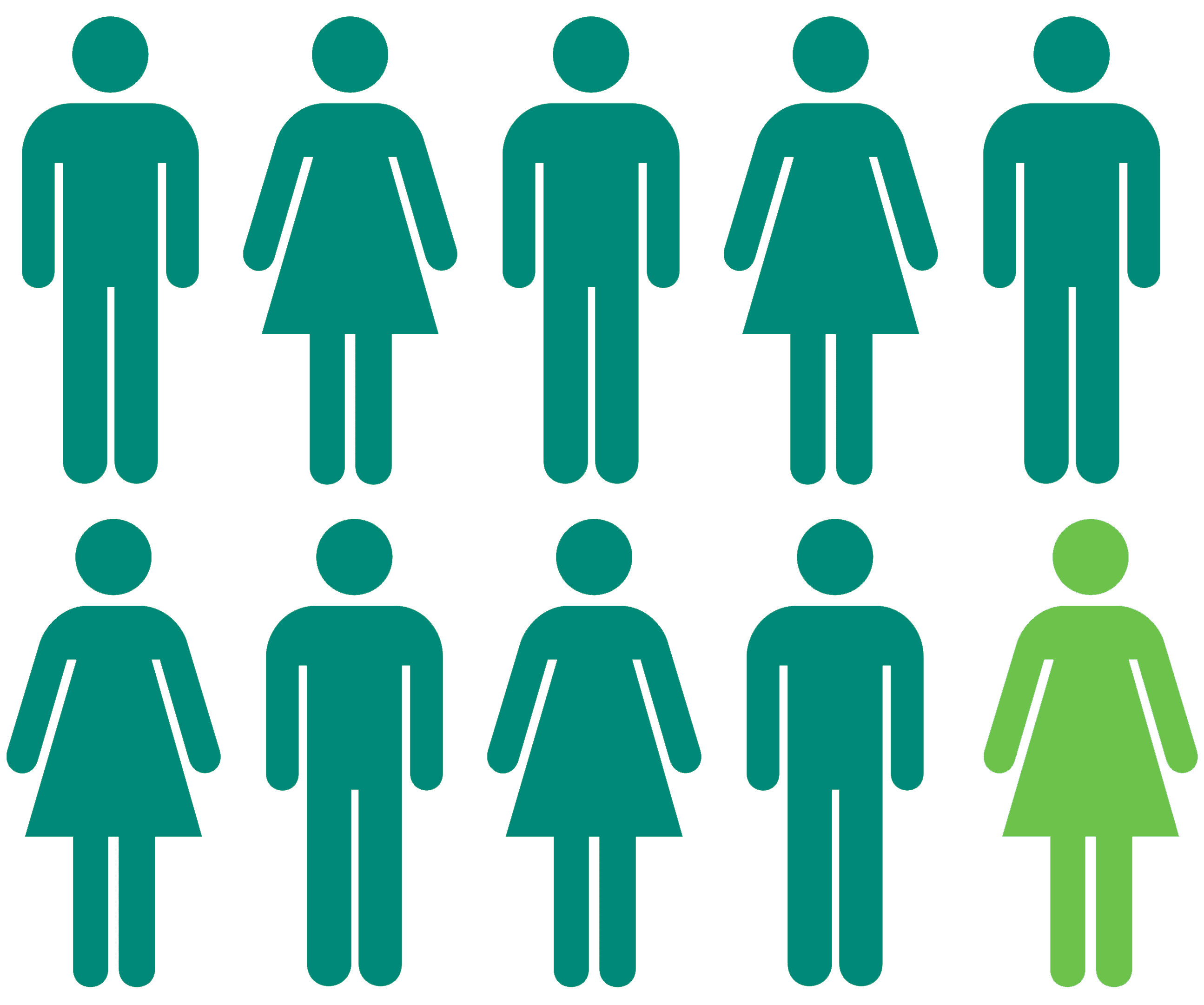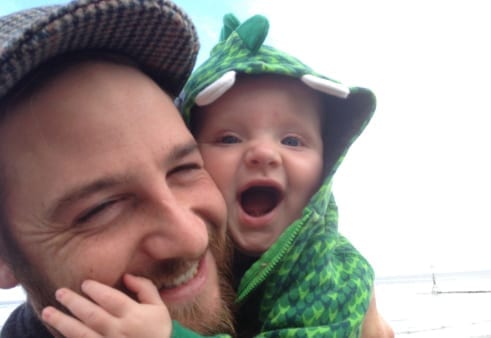Skin
Tuberous Sclerosis Complex can lead to skin problems, including marks and legions.
Skin issues are extremely common in people living with Tuberous Sclerosis Complex (TSC), in the form of different kinds of skin marks or lesions around the body.
It is thought that TSC influences skin changes due to an increase in blood vessels found in the skin, causing overgrowth. The extent of skin problems as a result of TSC is unique to each person living with the condition.
Most common skin features in TSC (all explained on this page) usually develop in childhood and adolescence:
- Hypomelanotic macules (ash leaf marks): Present at birth
- Facial angiofibromas (bumps and marks on and around the face): 2-5 years old, and sometimes worsening at puberty
- Fibrous cephalic plaque (markings or scratches on the forehead): 2-5 years old
- Shagreen patch (thick skin patches on the body): Throughout childhood and adolescence
- Ungual fibromas (growths around and under nails): Adulthood, but occasionally seen in childhood

Around nine in every 10 people living with TSC also have skin problems
TSC and skin virtual event recording
You can find out more about TSC and skin (in particular in children and adolescents) by watching a recording of the TSA’s ‘TSC and skin’ virtual event, featuring Dr Lea Solman (Consultant in Paediatric Dermatology, Great Ormond Street Hospital).
Diagnosing and monitoring TSC-related skin problems
Although skin problems in people living with TSC often develop in childhood or adolescence, the use of an ultraviolet light (called a ‘Wood’s lamp’) during a detailed skin examination might be required to first find the issues.
The Wood’s lamp is painless and allows clinicians to look at the skin from a different light spectrum.
Treating and managing TSC-related skin problems
The biggest impact of skin marks and lesions from TSC is often psychological, with some people finding certain markings an issue in social situations. Treatment options are available for TSC-related skin issues, including creams/ointments, laser therapy and surgery.
It is important that people who have skin issues as a result of living with TSC take extra measures to protect themselves from the sun, such as using suncream (even on cloudy days), avoiding midday sun and wearing broad-brimmed hats.
Clinical recommendations received by the TSA for sunscreen are: Heliocare gel, La Roche Posay Anthelios for face, Sunsense sensitive and Sunsense daily face (all available on the highstreet and reputable online stores) Neither the TSA nor any clinician that we work with are endorsed by these companies.
What are some of the skin issue someone living with TSC might have?
Hypomelanotic macules are light marks of the skin that have less skin pigment and often resemble an ash leaf. Found in up to nine out of every 10 people living with TSC, hypomelanotic macules are usually present from birth.
Facial angriofibromas are reddish-pink overgrowths of skin on the face, which cause bumps or markings that commonly occur around the cheeks and nose.
Problems as a result of facial angriofibromas can include bleeding of the growths and psychological problems. Although facial angriofibromas can sometimes resemble acne, standard acne treatment will not improve their appearance.
In childhood, angiofibromas may appear as a redness of the cheeks. The redness is due to an increase in the blood vessels of the skin. Angiofibromas may appear as early as the first year of life, but usually begin to appear when the child is about five-years-old, with their number of prominence often increasing at adolescence.
Forehead plaques are raised and firm skin markings found on or around the brow and forehead. Forehead plaques can be treated if the plaques are causing psychological or physical irritation.
Shagreen patches are large and think patches of skin that are usually found on the torso, commonly on the lower back. Around four in every 10 people living with TSC have at least one shagreen patch, which develop as a result of excess tissue developing around the affected area.
As Shagreen patches often occur in areas that are usually covered, treatment is usually not sought by people living with them. However, every individual’s circumstance is different.
Around 2 in ten people living with TSC also have ungual fibromas – fibrous growths that around and under the fingernails or toenails. If they grow under the nail they are called subungual fibromas and when they grow around the nail they are called periungual fibromas.
Ungual fibromas are more common on the hands than on the feet. A long groove in the nail may appear without a growth being visible, or short red streaks (called ‘splinter haemorrhages’) or white streaks (called ‘leukonychias’).
Ungual fibromas are smooth, firm and flesh-coloured. They can distort the nail and may cause bleeding, which can lead to an infection. Ungual fibromas can be painful, such as when walking or using affected fingers.
Ungual fibromas can be removed by a surgeon, but they may recur.
Lots of people living with TSC have skin problems. Skin problems usually start when someone is a child or teenager.
How do I find out if I have skin problems because of TSC?
A doctor will do a test on your skin to see if you have skin problems because of TSC. They will use a special light to do this. This light is sometimes called a ‘Wood’s lamp’. The test won’t hurt and it is very easy to do.
Are there medicines to help with TSC skin problems?
There are different creams you can use if you have skin problems. Some people might have surgery. It is different for everyone.
People with TSC and skin problems need to be extra careful in the sun. Make sure you use sun cream when you are outside.
Download resources
Make a one off or regular donation
£10 Can allow us to send a welcome pack to a family who has just received a life-changing TSC diagnosis, ensuring that they do not go through this time alone.
£25 Can help us develop materials that are included in our support services, flagship events or campaigns.
£50 Can provide laboratory equipment for a day’s research into the causes, symptoms, management or treatment of TSC.
To provide help for today and a cure for tomorrow





